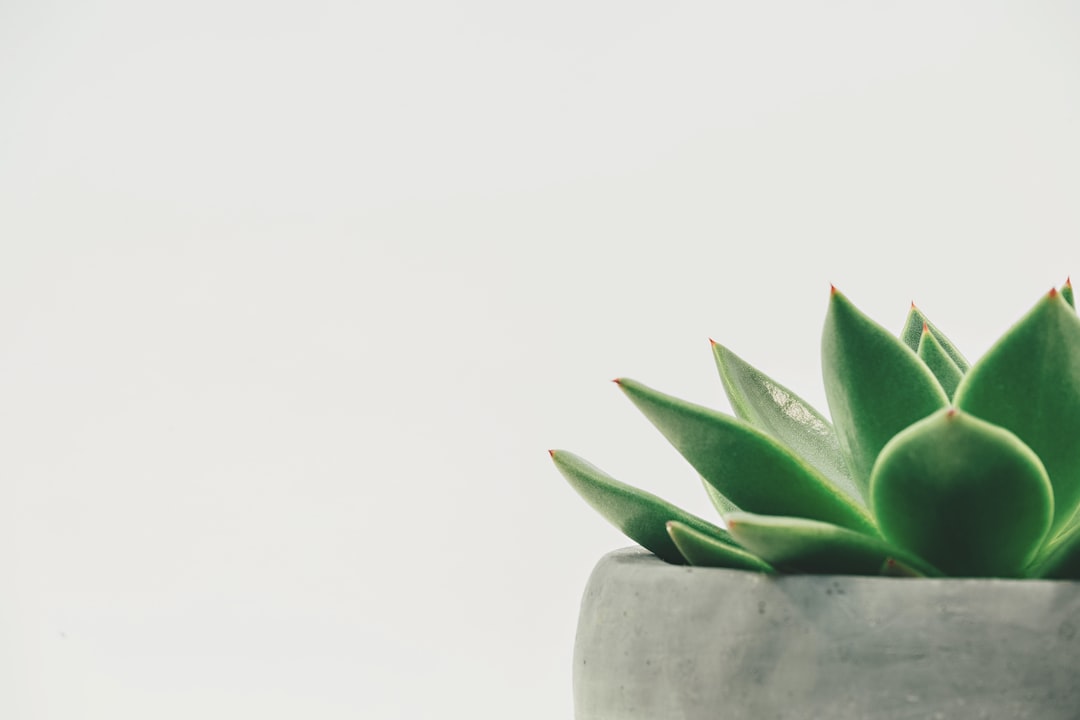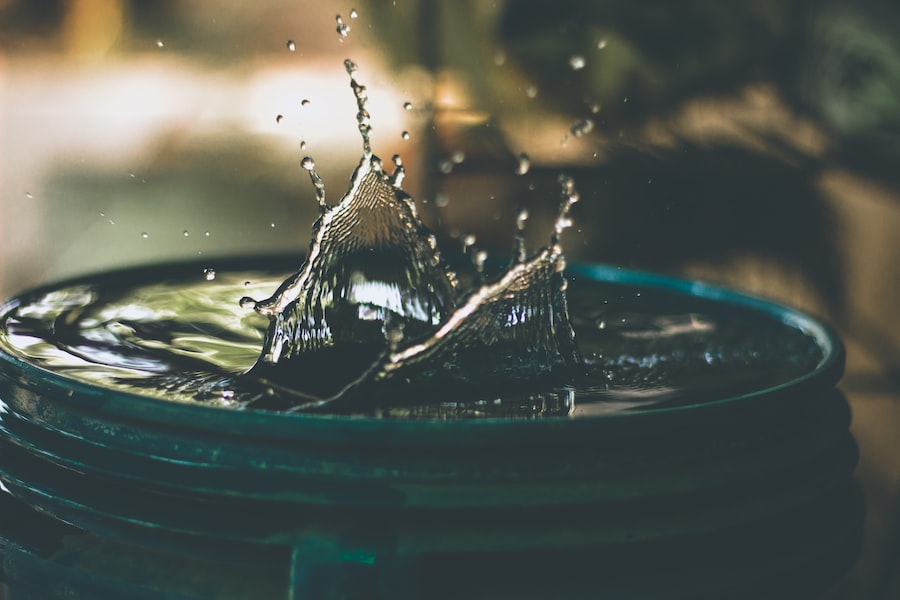The Secret to a Thriving Poinsettia: How Much Water Does Your Plant Really Need?

Poinsettias are a staple of the holiday season, with their vibrant red and green leaves adding a festive touch to any home or office. These popular plants are known for their beauty and ability to thrive during the winter months. However, one of the most important factors in keeping poinsettias healthy and vibrant is proper watering. In this article, we will explore the watering needs of poinsettias, the importance of proper watering for their health, and provide tips and techniques for watering poinsettias to ensure their longevity.
Key Takeaways
- Poinsettias require consistent, but not excessive, watering to thrive.
- Overwatering can lead to root rot and other health issues, while underwatering can cause wilting and leaf drop.
- Water poinsettias thoroughly, but allow the soil to dry out slightly between waterings.
- Factors like temperature, humidity, and pot size can affect poinsettia watering needs.
- Choose a well-draining pot and soil mix, and use techniques like bottom watering and misting to maintain proper moisture levels.
Understanding the Watering Needs of Poinsettias
To understand the watering needs of poinsettias, it is important to consider their natural habitat and water requirements. Poinsettias are native to Mexico, where they grow in tropical forests with well-draining soil. In their natural environment, poinsettias receive regular rainfall but also have the ability to dry out between waterings.
Several factors can affect the watering requirements of poinsettias. These include the size of the plant, the size of the pot it is planted in, the type of soil used, and the environmental conditions in which it is grown. Larger plants and pots will require more water than smaller ones, while plants grown in porous soil will need more frequent watering than those grown in heavier soil.
The Importance of Proper Watering for Poinsettia Health
Proper watering is crucial for maintaining the health and longevity of poinsettias. Overwatering can lead to root rot and other fungal diseases, while underwatering can cause wilting and leaf drop. By providing the right amount of water at the right time, you can prevent these common problems and ensure that your poinsettias thrive throughout the holiday season.
Overwatering can suffocate the roots of poinsettias, leading to root rot. This occurs when the roots are constantly saturated with water, preventing them from receiving the oxygen they need to function properly. As a result, the roots become weak and susceptible to disease. Overwatered poinsettias may also develop yellowing leaves, wilting, and a foul odor.
On the other hand, underwatering can cause poinsettias to wilt and drop their leaves. When a poinsettia does not receive enough water, it cannot transport nutrients from the soil to the leaves, causing them to dry out and die. Underwatered poinsettias may also have dry and brittle stems, as well as brown or yellow leaves.
Signs of Overwatering and Underwatering in Poinsettias
| Signs of Overwatering | Signs of Underwatering |
|---|---|
| Yellowing leaves | Wilting leaves |
| Mushy or rotten roots | Dry soil |
| Fungus or mold growth | Brittle or crispy leaves |
| Slow growth or stunted growth | Leaf drop |
| Root rot | Leaf curling |
To determine if a poinsettia is being over or underwatered, it is important to look for visual cues. Overwatered poinsettias may have yellowing leaves that are soft and mushy to the touch. The soil may also be constantly wet or waterlogged, and there may be a foul odor coming from the pot.
Underwatered poinsettias, on the other hand, will have wilted leaves that are dry and crispy to the touch. The soil may be dry and pulling away from the sides of the pot, and the plant may appear weak and droopy.
To adjust watering practices based on these signs, it is important to water poinsettias when the top inch of soil feels dry to the touch. This ensures that the plant is receiving enough water without becoming waterlogged or drying out.
How to Water Poinsettias: Best Practices and Techniques
When watering poinsettias, there are several best practices and techniques that can help ensure proper soil moisture levels. First, it is important to use a well-draining potting mix that allows excess water to flow out of the pot. This prevents water from sitting in the bottom of the pot and causing root rot.
When watering, it is best to water poinsettias thoroughly until water drains out of the bottom of the pot. This ensures that the entire root system is receiving water and helps flush out any excess salts or minerals that may have built up in the soil. It is also important to allow the soil to dry out slightly between waterings to prevent overwatering.
To avoid damaging the plant, it is best to water poinsettias at the base of the plant, rather than overhead. This prevents water from sitting on the leaves, which can lead to fungal diseases. It is also important to avoid getting water on the bracts, as this can cause them to become discolored or damaged.
Choosing the Right Pot and Soil for Poinsettias

The choice of pot and soil can greatly affect the watering requirements of poinsettias. When selecting a pot, it is important to choose one with drainage holes to allow excess water to escape. This prevents water from sitting in the bottom of the pot and causing root rot.
The type of soil used is also important for proper watering. Poinsettias prefer a well-draining potting mix that allows excess water to flow through easily. A mix that contains peat moss, perlite, and vermiculite is ideal for poinsettias, as it provides good drainage while retaining some moisture.
Tips for Maintaining Proper Soil Moisture Levels
To maintain proper soil moisture levels in poinsettias, it is important to monitor the moisture content of the soil regularly. This can be done by sticking your finger into the soil up to the first knuckle. If the soil feels dry at this depth, it is time to water.
To prevent overwatering, it is important to allow the soil to dry out slightly between waterings. This prevents the roots from becoming waterlogged and helps prevent root rot. However, it is also important to avoid allowing the soil to become bone dry, as this can cause the plant to wilt and drop its leaves.
Watering Poinsettias During Different Stages of Growth
Poinsettia watering requirements can change during different stages of growth. When poinsettias are actively growing, they will require more water than when they are dormant. During the active growth stage, it is important to water poinsettias more frequently to ensure that they have enough moisture to support their growth.
As poinsettias enter their dormant stage, it is important to reduce watering to prevent overwatering. During this time, the plant is not actively growing and does not require as much water. It is important to allow the soil to dry out slightly between waterings to prevent root rot.
Common Mistakes to Avoid When Watering Poinsettias
There are several common mistakes that people make when watering poinsettias. One of the most common mistakes is overwatering, which can lead to root rot and other fungal diseases. To avoid overwatering, it is important to allow the soil to dry out slightly between waterings and to use a well-draining potting mix.
Another common mistake is underwatering, which can cause poinsettias to wilt and drop their leaves. To avoid underwatering, it is important to water poinsettias when the top inch of soil feels dry to the touch. This ensures that the plant is receiving enough water without becoming dehydrated.
Troubleshooting Poinsettia Watering Issues: How to Revive a Dying Plant
If a poinsettia is suffering from over or underwatering, there are steps that can be taken to revive it. If the plant is overwatered, it is important to remove it from its pot and inspect the roots for signs of rot. If root rot is present, it may be necessary to trim away any affected roots and repot the plant in fresh, well-draining soil.
If the plant is underwatered, it is important to water it thoroughly and ensure that the soil is evenly moist. It may also be helpful to mist the leaves with water to increase humidity around the plant. With proper care and watering, a dying poinsettia can often be revived and brought back to health.
Proper watering is essential for maintaining the health and longevity of poinsettias. By understanding their watering needs, recognizing the signs of over and underwatering, and following best practices and techniques for watering, you can ensure that your poinsettias thrive throughout the holiday season. Remember to choose the right pot and soil, monitor soil moisture levels, adjust watering practices based on growth stage, and avoid common mistakes to keep your poinsettias looking their best. With proper care and attention, your poinsettias will bring joy and beauty to your home or office for years to come.



